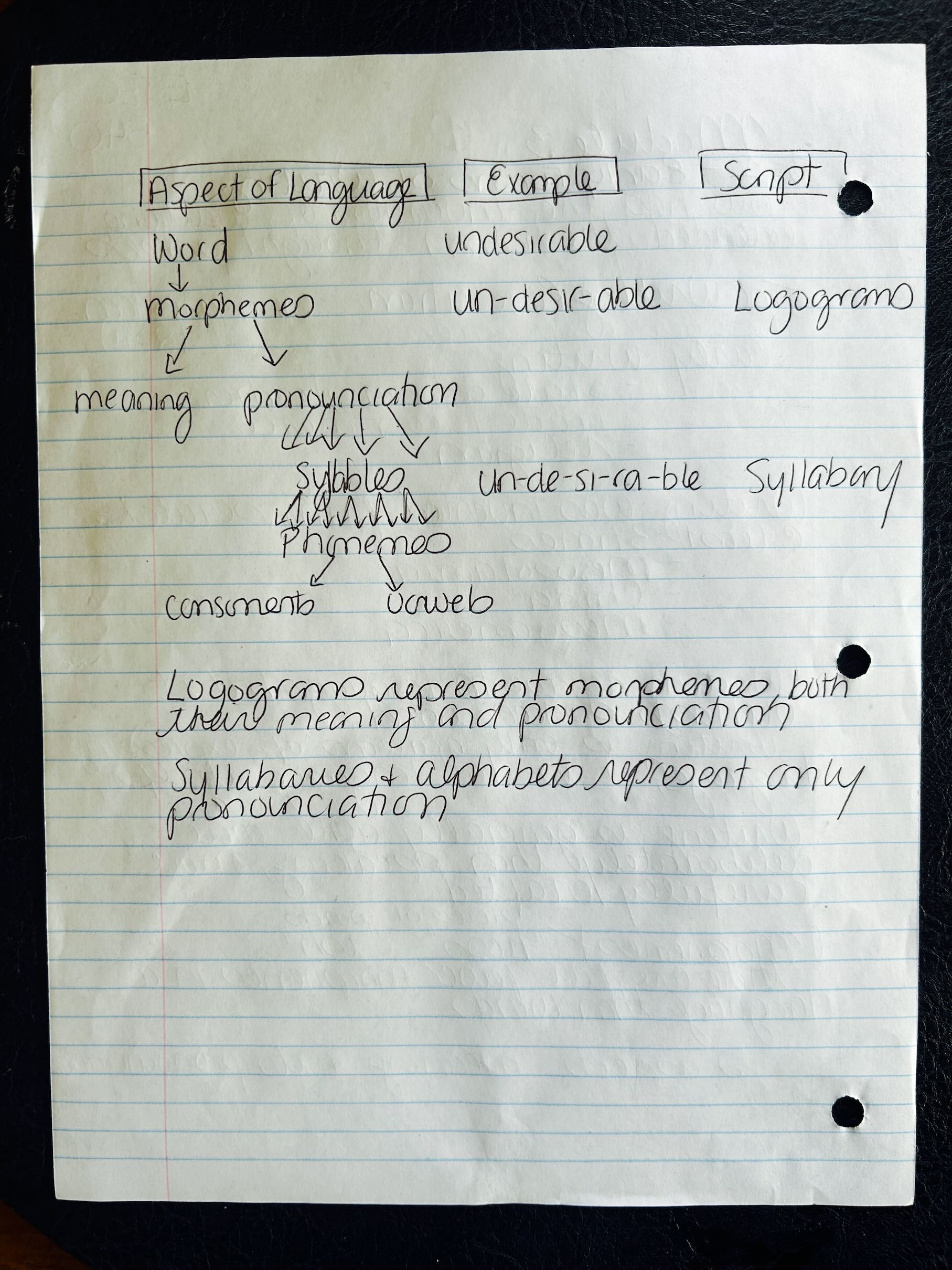

I am someone who can always be found with a pen in my hand. Whether reading an article for school, helping my daughter with her homework, teaching a student how to concept map or calculating an IV drip rate, a pen in my hand is representative of knowledge transaction. On the other hand, my struggle to visualize what 500 words look like on paper demonstrates how my preference to write by hand can only exist in certain aspects of my life. I attribute this to 20 years of computer processing and keeping up with the pace of the world we live in. I would be lost without the speed and editing capabilities a computer provides. As I routinely take notes in pen, a transcription error results in a creative doodle or squiggle, not a quick tap of the backspace key.
I chose to share my ETEC 540 notes for this assignment as this is a true representation of how I use pen and paper on a weekly basis. This process feels natural to me and helps me to retain information (or at least it feels that way!) My science background, of course, wanted me to put this hypothesis to the test. Horbury and Edmonds (2021) looked at children’s recall and comprehension when taking handwritten notes compared to notes taken on the computer. Their study found that those who took notes by hand had a better conceptual understanding of the content being taught. In their discussion, they noted how handwritten notes were likely to have more visual cues, such as arrows or diagrams. They also emphasized the slower process of handwriting as opposed to typing information verbatim. This is evident when looking at my Module 3 notes. The use of headings and subheadings is present and allows me to scaffold and organize new content. Using arrows and diagrams allows me to translate paragraphs into a visual representation of what those words mean. Could this be done on a computer? Of course, but more time would likely be spent finessing the technical difficulties of how to create the correct sized arrow or adjust margins.
Cooke (2021) asks this question: Does the digital age remove us from hands-on tactile work, and are we longing to return to that? There is truth in that for me. The slower transcription process of handwriting allows me to take in the information and reflect on what I am learning. I am interested to hear your thoughts!
Danny Cooke Freelance Filmmaker. (2012, January 26). Upside down, left to right: A letterpress film. [Video]. YouTube.
Horbury, S. R., & Edmonds, C. J. (2021). Taking Class Notes by Hand Compared to Typing: Effects on Children’s Recall and Understanding. Journal of Research in Childhood Education, 35(1), 55–67. https://doi.org/10.1080/02568543.2020.1781307

2 responses to “Task 4 – Manual Scripts”